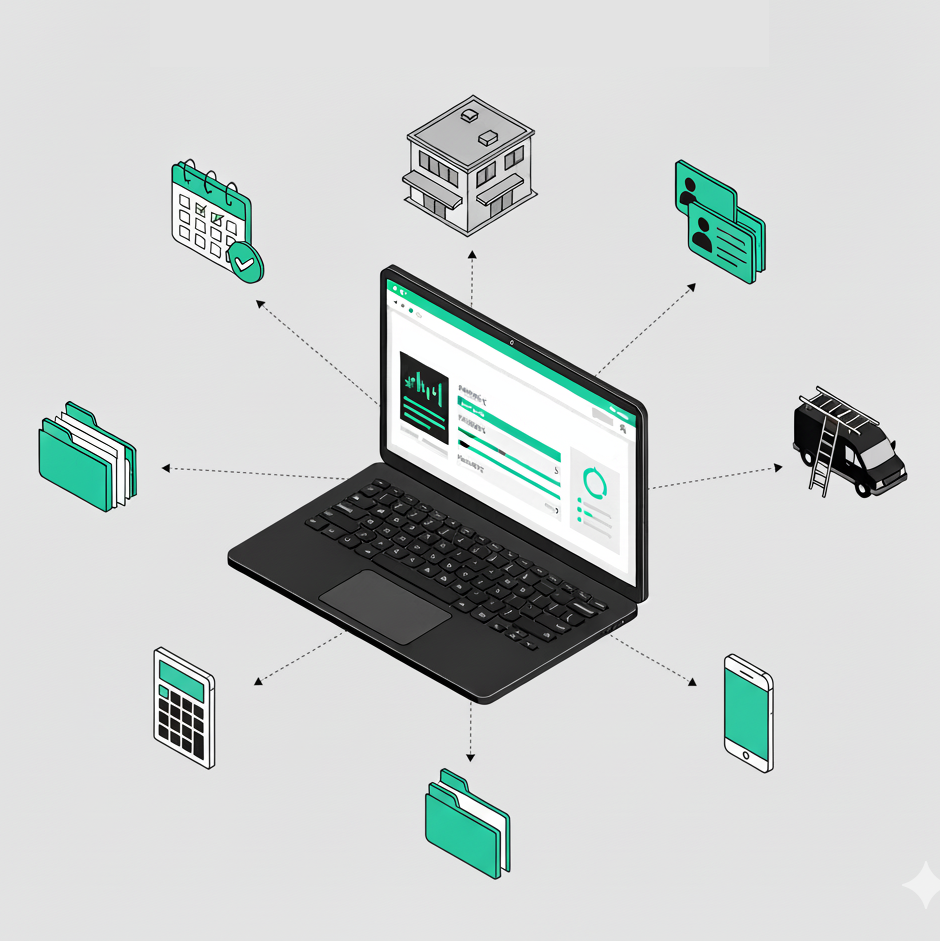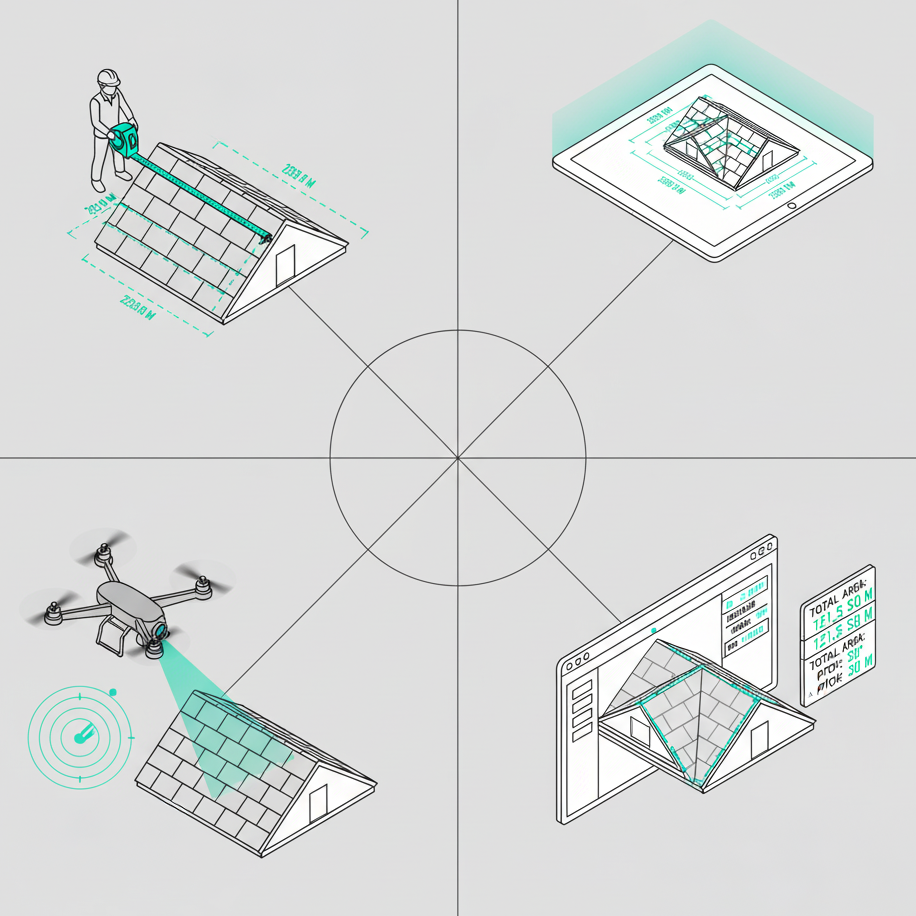Photovoltaic market in transition: How drones and AI keep solar installers competitive
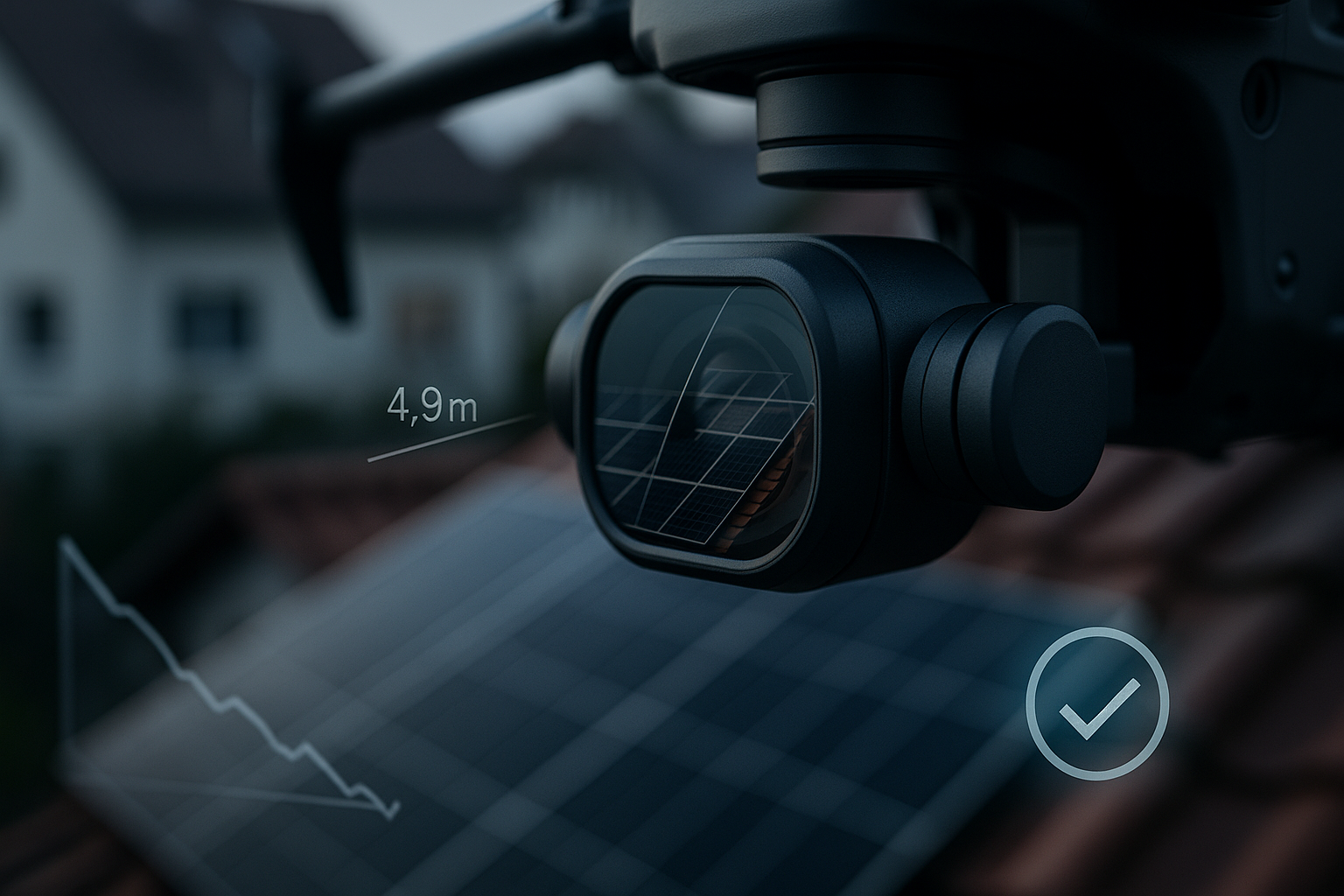
Market situation 2023/2024: Boom over, slump in demand in the private customer segment
After two years of boom, the solar industry in Germany (and the DACH region) is experiencing a significant dampening. Demand has plummeted, particularly in the segment of small photovoltaic systems for single and two-family houses (up to 10 kWp). Industry insiders have been reporting declining incoming orders since 2023; this trend has intensified further in 2024. An evaluation of the market master data register shows, for example, that in the period January—August 2024 30% less PV power was newly installed in the size class up to 10 kW than in the previous year. In August 2024, the number of new systems was even <10 kW almost a third below the previous month. These official figures confirm what installers and wholesalers have been feeling for months: The order situation in the residential sector has cooled dramatically.
Several factors have led to this Demand slump contributed. After the record year 2022 — triggered by skyrocketing energy prices as a result of the Ukraine war — and an equally strong year 2023, many end user needs have been met for the time being. At the same time, economic conditions have become more challenging: Rising interest rates make it difficult to finance PV systems for private households, and lower electricity prices reduce immediate savings incentive. Bureaucratic hurdles (such as grid connection) and uncertainties regarding future funding can also play a role. In addition, module overproduction from China has caused prices to fall, but at the same time added them to some installation companies with full inventory. In short, demand in the home system market has fallen significantly, while the supply of installers has increased.
Fierce competition: Many providers are fighting for fewer orders
In the boom years of 2021—2023, countless new solar companies were founded or existing craft businesses entered the solar business. These companies met an initially rapidly growing market and invested in personnel and capacities — with the expectation of getting a big piece of the cake. Disillusionment followed in 2024: “The market shrank in 2024, there are more players and everyone is trying to compete for a smaller market,” is how Dina Darshini from energy consulting company LCP Delta describes the situation. High competitive pressure and price war They are now shaping the business, particularly in the highly competitive single-family home segment.
For many companies, this sudden slump threatened their existence. One Bankruptwelle has affected the German solar sector. At the turn of 2023/24, for example, the Berlin-based PV provider had to Eigensonne File for bankruptcy; in spring 2024, it hit its transferee Amia Energy. Further task reports from established players (e.g. Enersol) followed in the summer and even well-financed solar start-ups ran into difficulties. This is what the well-known Berlin startup announced Zolar in September 2024, to withdraw from retail business and over to lay off half of its 350 employees. At the latest, it became clear that the crisis is not limited to individual cases, The entire sector is under consolidation pressure.
However, despite this turbulence, market observers are cautiously optimistic about the future. In the medium to long term, demand for solar power remains high — driven by climate goals, electrification and new applications such as e-mobility. But in the short term, according to the assessment, the upcoming 12 to 36 months be characterized by “a lot of unrest.” For solar companies, this means: Only those who are now cleverly positioned will survive the market adjustment and come out stronger.
Innovation as a success factor: gain efficiency and customer orientation
In the face of shrinking margins and fierce competition, solar companies can't just wait — they must act innovatively. Increasing efficiency in internal processes and an above-average customer orientation are particularly importantto set yourself apart from the competition. The cost pressure is enormous: Hardware components have become increasingly cheaper in recent years, but the Labor costs now account for around 50% of system costs off. Installers are therefore faced with the task of to streamline and automate their work processesto reduce costs without sacrificing quality Digital tools and new technologies can be a game changer here.
Digitalization and automation along the distribution chain — from initial consultation to plant design to offer — save time and reduce sources of error. Studies show that it is a major competitive advantage when simulation results, parts lists and customer data flow seamlessly from one software to the next, for example. Installers who use modern software can significantly faster Create offers and respond to customer requests. In addition, the Hit rate for offers, when they are professionally visualized, financially clearly broken down and show the customer real added value. In a market where customers obtain offers from several providers, the best mix of speed, price and presentation is often decisive. One above-average customer orientation, for example in the form of transparent information (amortization calculation, self-consumption rate, etc.) and appealing visualizations, can be decisive.
Drones and AI in the offer phase: An example of lived innovation
An outstanding example of process innovation is digital roof measurement using drone and AI. When planning a PV system, there is hardly any way around precise roof measurements — roof dimensions such as ridge height, roof pitch, distances from dormers, windows or the fireplace ultimately determine how many modules fit where. Until now, this often meant that a technician had to get on the roof and measure manually often with tape measure and clipboard. This is time-consuming, labor-intensive and not without risk. Modern service providers such as Airteam offer a groundbreaking alternative here: Drone flights whose image data is converted into an exact 3D model of the roof using AI software.
The benefits of this approach are significant:
- Massive time savings: According to experience reports, roof dimensions can be used with drones up to 90% faster carry out as by hand. A roof that used to take several hours to measure (including travel, ascent, measurement and post-processing) can now be used in few minutes be recorded. A craft business reports that it uses the Airteam drone solution to collect data from a large roof (~several thousand m²) in 45 minutes was able to record and just two days later had access to the complete digital roof model. He was then able to complete the offer immediately — in the past, the measurement alone would have taken several days. Speed is a decisive advantage in the offer process, because whoever presents a complete offer to the customer first is often ahead of the pack.
- Cost reduction and efficiency: Faster processes mean lower personnel costs per offer. A drone can be used by one trained employees where in the past two workers may have been required for ladders, scaffolding and measurements. Fewer on-site appointments, which run more efficiently, not only save working time, but also travel costs. In addition, the software provides Correct measurements right away, which can be fed directly into planning programs (e.g. PV*sol, Pylon). This reduces coordination between sales and technology enormously. Changes to the system layout by technicians (e.g. because dimensions were initially inaccurate) are largely omitted — Expensive rework or planning errors are avoided. The bottom line is that installers can handle more offers with the same team and calculate projects more cleanly. In a low-margin environment, this increase in productivity is invaluable.
- Higher graduation rate through professionalism: Digital 3D measurements not only have an internal effect, but also with the customer. A precisely measured roof model allows tailor-made offers without Late surprises — the customer sees what they're getting right from the start and is more likely to trust that the offer goes hand in hand. Some companies even report that the Customers are impressed by the detailed aerial photographs and models and they were able to win orders as a result. According to its own statement, the craft business mentioned had to Write fewer offers to get an orderbecause the success rate has increased with the new technology. It also makes a visual impression: Ideally, you could directly present a picture of your own house with virtually placed PV modules to the interested party — such approaches are already being discussed to further improve the customer experience. Modern, digital advice signals professionalism and innovative spirit, which strengthens trust in the provider.
- Safety and occupational safety: High-altitude roof measurements are perilous — Serious accidents occur in the building trade every year. By using drones, employees no longer have to climb onto the roof. that Accident risk is effectively reduced to zero. In addition, there is also no physical burden on employees, which makes the job more attractive. This is particularly relevant in times of a shortage of skilled workers: It is used for young professionals as significantly more appealing felt like controlling a drone instead of balancing with a ruler on hot roofs. Companies that use such technologies therefore also score points in Employer Branding — they show that they work in a contemporary way and protect their employees.
- Flexibility and weather independence: Drones can fly (with certain restrictions) in a wide variety of conditions. According to users, light rain, wind of up to ~30 km/h or even sub-zero temperatures are no obstacle. Where in the past you had to postpone measurements due to wetness or slipperiness, work can often still be done today. As a result Are projects speeding upbecause there are no waiting times for better weather. Drones only have to stay on the ground during heavy rain, storms or snowfall — overall, however, the window of usable working days expands significantly.
In summary, drone and AI technology gives solar companies a significant competitive advantage during the offer phase. It's no wonder that more and more pioneers are counting on it. The managing director of a large solar specialist company in Rosenheim (now part of 1 point 5°) reports that his team has been working for over three years solely Roofs missing by drone — and thus saves an enormous amount of valuable time. For him, the aircraft are now part of the standard equipment of every assembly column. The jury of PV Magazine Award named Airteam's solution 2023 as a “Top Innovation” and explained: Drone measurement saves installers a lot of time and risky climbing, alleviates staff shortages and ultimately makes PV systems cheaper. There is therefore much to suggest that such innovations are not a gimmick, but a decisive key to market success are in difficult times.
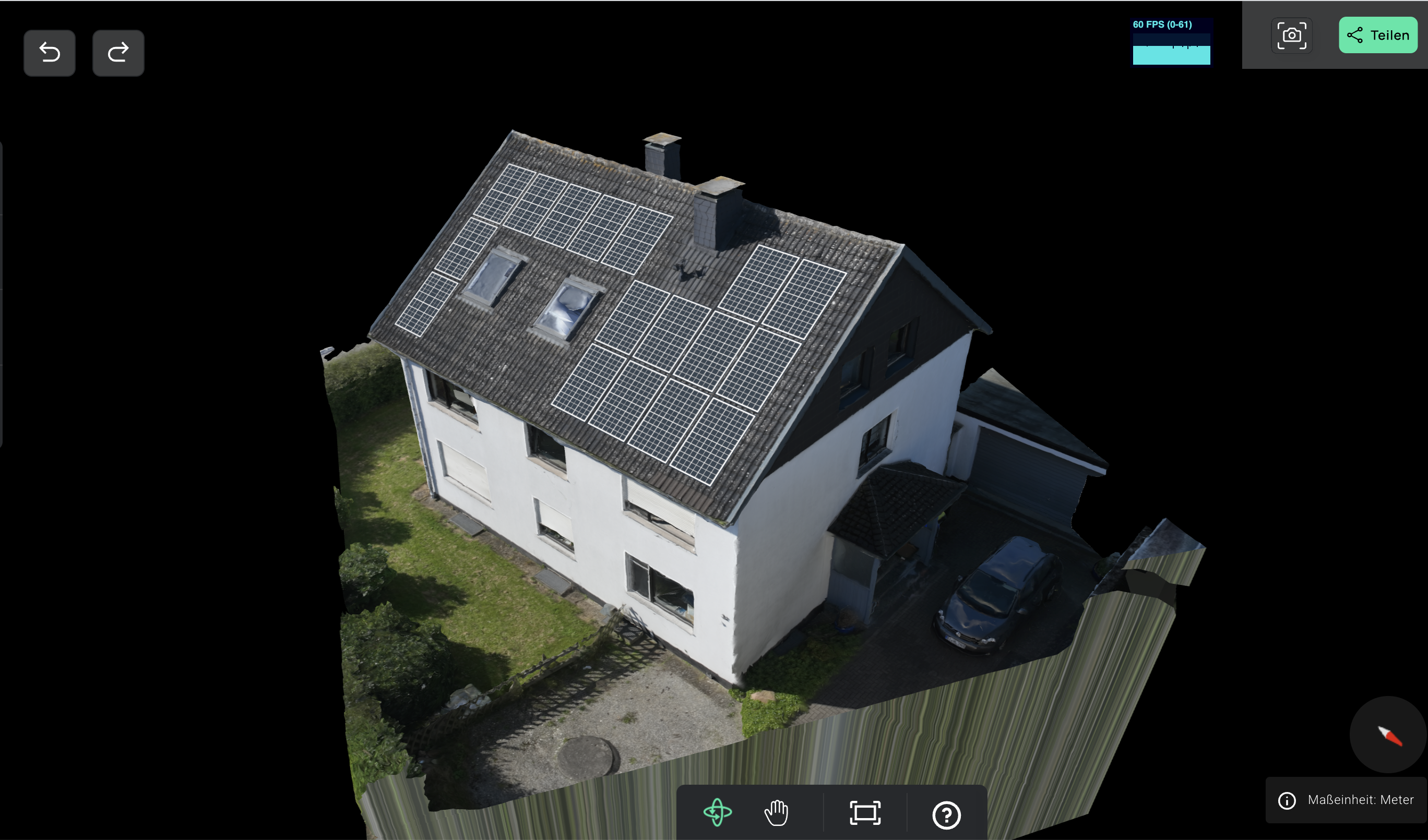
Conclusion: Successfully navigating the crisis with innovative strength
The current crisis in the solar industry — particularly in the smaller PV system segment — presents solar companies with enormous challenges. Die Demand is declining, while at the same time, many providers in the market are vying for the remaining projects. In this environment, old recipes for success (boom years with easy play) cannot be continued. Companies that are now focusing on increasing efficiency and innovative technologies have the best cardsto overcome the dry spell. Digital processes, automation and the courage to break new ground reduce costs and make the offering more attractive.
Die digital roof measurement using drone and AI is an example of how innovative spirit becomes a competitive advantage in practice. It drastically speeds up the offer phase, improves precision and safety, and leaves a lasting positive impression on the customer. Of course, it is not a panacea — other factors such as service quality, price/performance and sales channels also remain important. But it shows the potential of Transforming traditional ways of working stuck.
The following applies to companies of all sizes: Now is the time to question processes and set them up for the future. Whether a small craft business or a large solar project developer — who Innovative power proves that it can successfully position itself even in a difficult market environment. The solar industry may be experiencing a downturn right now, but the long-term outlook remains positive. Companies that use current challenges to become more efficient, customer-oriented and modern are laying the foundations for Emerging stronger from the crisis. By using technologies such as drone surveying and AI-based planning, they show their customers: We are ready for the future — and your reliable partner for tomorrow's solar energy.
Sources: The statements and figures in this article are based on industry analyses and press reports, including from pv magazine Germany, the German Solar Industry Association and media reports on the market situation. They have been researched with the greatest possible care and represent the state of knowledge as of August 2025.

